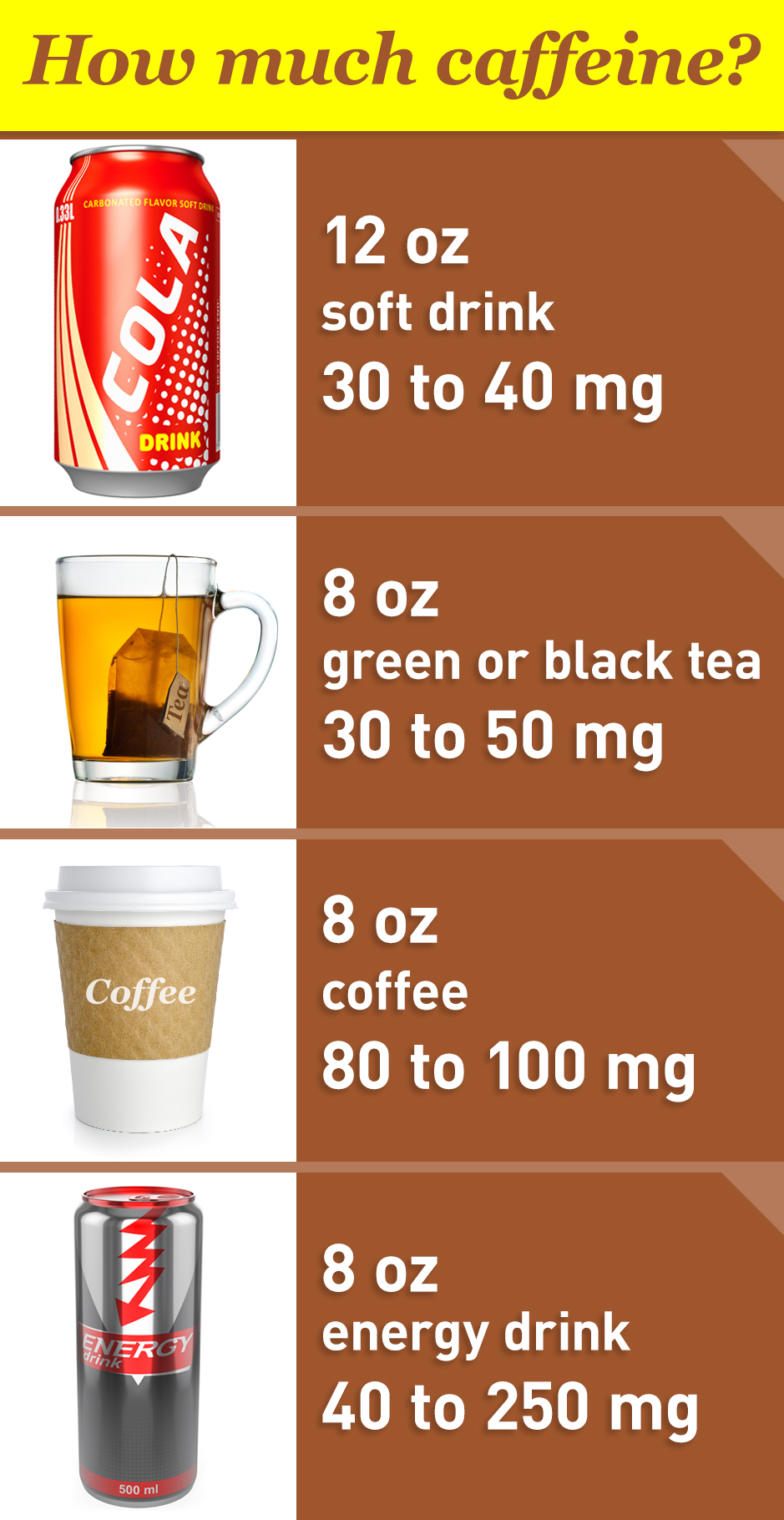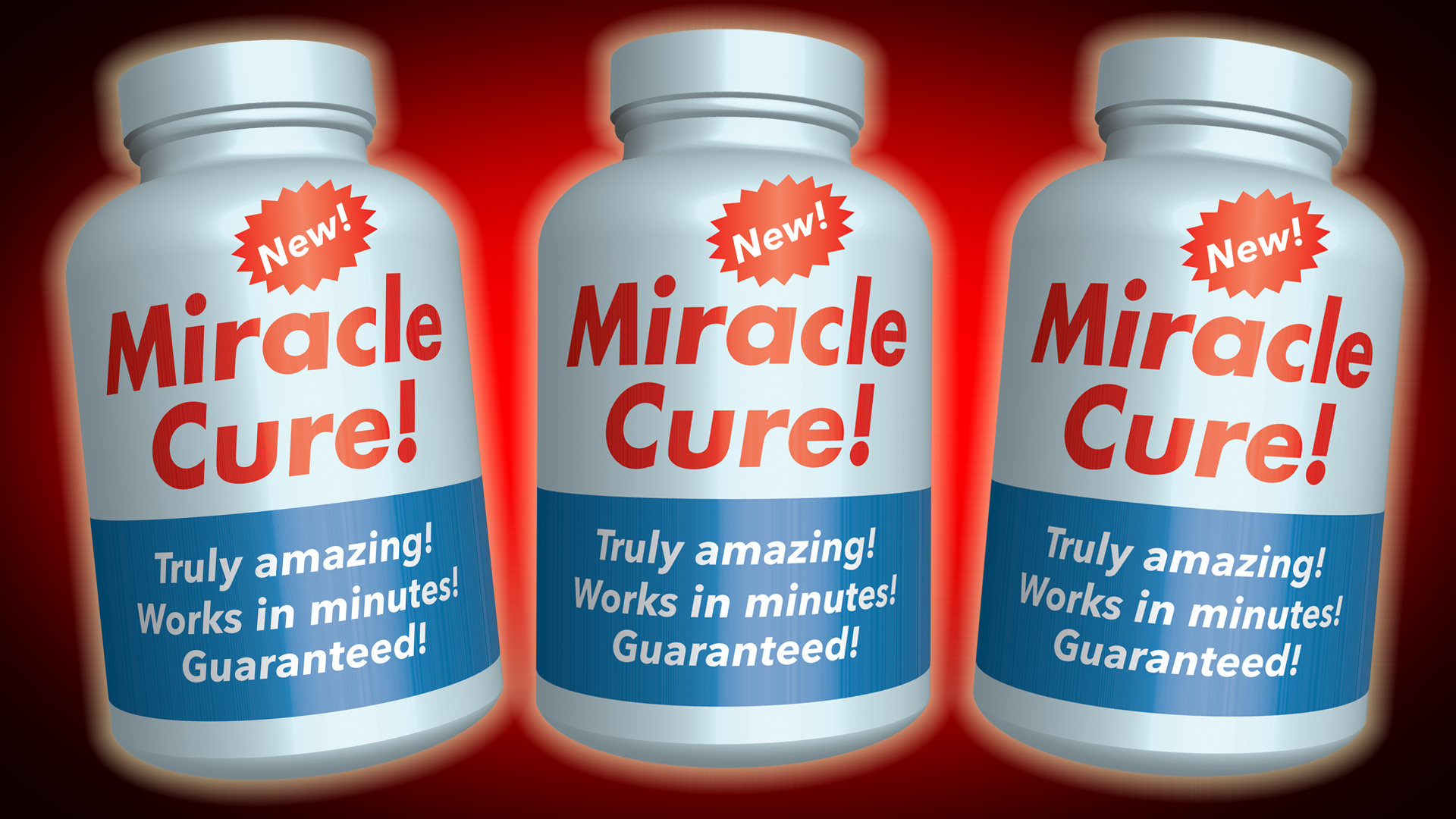

FDA requires certain restaurants to post calorie counts on menus and menu boards. Watch the video below, read this Consumer Update, and see examples of what the menu labeling may look like on Flickr to learn more.
Español
Did you know that food and beverages consumed away from home contribute a lot of calories to our diets — about one-third of a person’s daily intake? And that research shows that people often underestimate the number of calories they’re taking in when they eat out?
Since May of 2018, the U.S. Food and Drug Administration has required certain types of eating establishments to post calorie information on menus and menu boards to help consumers make informed food choices. This regulation applies in chain restaurants and retail food establishments with more than 20 locations, so you can find calorie information whether you’re eating burgers at a fast-food place, grabbing a salad from a grocery store salad bar, or ordering pasta at a chain restaurant. In addition, nutrition information – like sodium or saturated fat – must also be provided on request at these establishments.
By having information about the calories in food, you can make more informed decisions about the food you eat – decisions that can help improve your overall health and that of your family. And it’s just as important that you and your family have access to this information when eating out, as you do at home when you are able to look at calorie counts on food packages.
According to Susan Mayne, Ph.D., director of FDA’s Center for Food Safety and Applied Nutrition, “For consumers who want to consume fewer calories, having calorie and other nutrition information available has the potential to save and improve lives. Nearly 40 percent of U.S. adults are obese, and obesity increases risk for heart disease, stroke, certain cancers, and diabetes.”
How Can You Use the Information to Make Better Food Choices?
Here are three examples:
- To reduce the number of calories you’re taking in, try simple swaps, such as choosing a grilled chicken sandwich at 380 calories over a fried sandwich at 570 calories. Beverages are another opportunity to choose carefully. Sparkling water has no calories, compared to a soft drink at 250 calories, depending on serving size.
- Ask for sauces or salad dressings on the side.
- If you want to lower your sodium intake, cut down on saturated fats, or increase the amount of fiber in your meals, ask for that information for the menu item you’re thinking about ordering.
What Kind of Establishments Must Post Calorie Counts?
Even before the menu labeling rule went into effect, you may have noticed that many chain restaurants, bakeries, and coffee shops were listing calorie counts. Under the rule, calories must be listed for food and beverages in restaurants and similar retail food establishments that are part of a chain with 20 or more locations. These may include:
- Foods served at sit-down and fast-food restaurants, bakeries, coffee shops and restaurant-type foods in certain grocery and convenience stores.
- Take-out and delivery foods.
- Foods purchased at drive-through windows.
- Foods that you serve yourself from a salad or hot-food bar.
- Alcoholic drinks such as beer, wine and cocktails that appear on menus.
- Foods at places of entertainment, such as movie theaters or amusement parks.
What Does This Information Look Like?
There is now greater consistency in menu labeling, as businesses that are required to post labeling have only one nation-wide set of requirements to meet that no longer vary from state to state, or even city to city. What is included and what does it look like?
Calorie information on menus and menu boards must be clearly displayed. For self-service foods, such as foods served at salad bars and buffets, the information must be clearly displayed so consumers can see it when they are serving themselves.
To help you put the calorie information in the context of your total daily diet, the following reminder is also included on menus and menu boards: “2,000 calories a day is used for general nutrition advice, but calorie needs vary.” Menus and menu boards also must indicate that you can ask for the following additional written nutrition information: total calories, total fat, saturated fat, trans fat, cholesterol, sodium, total carbohydrates, sugars, fiber and protein.
See examples of what menu labeling looks like on Flickr.
Since the rule has gone into effect, consumers who are armed with nutrition information from their fast food place, chain restaurant or retail establishment have been able to make informed decisions about the foods they eat for both themselves and for their family.
back to top
Source: FDA
This webpage is made available by Asia Press Release





